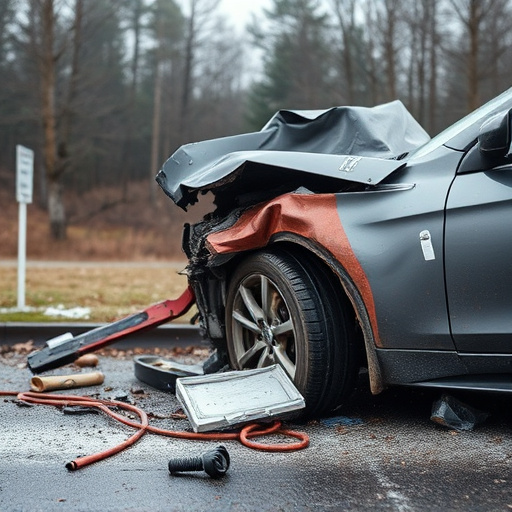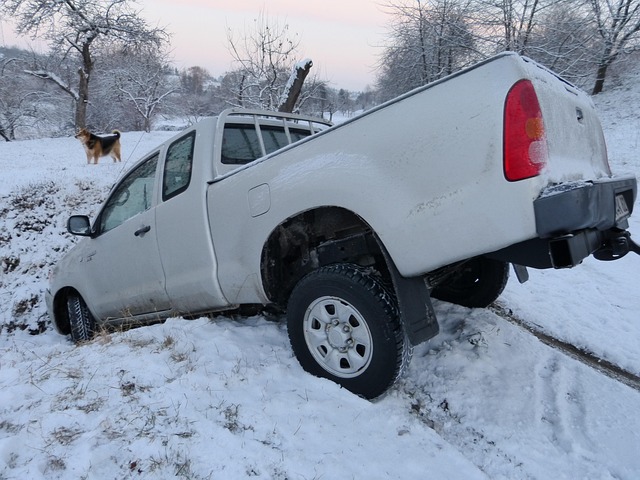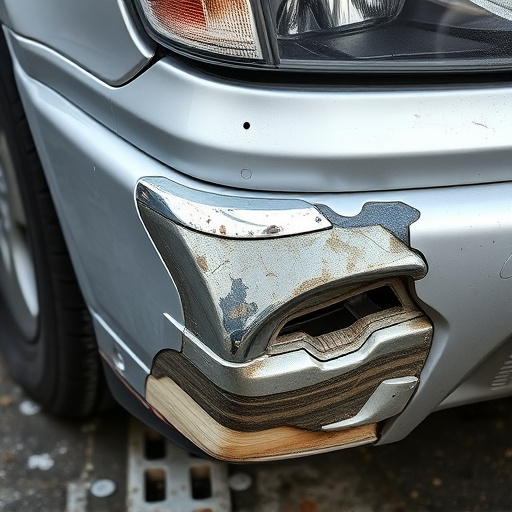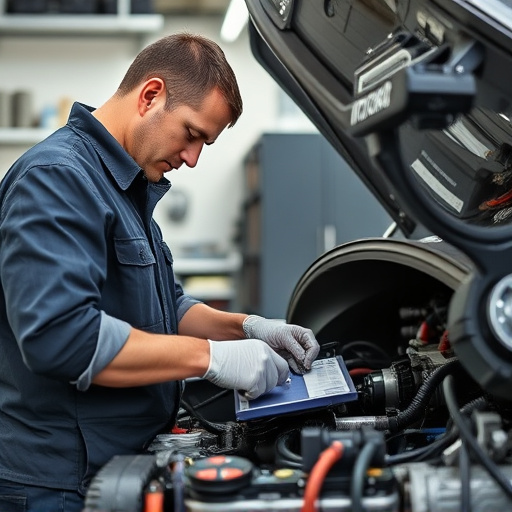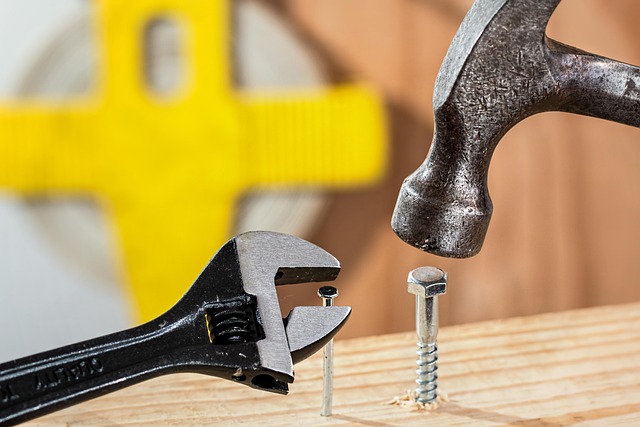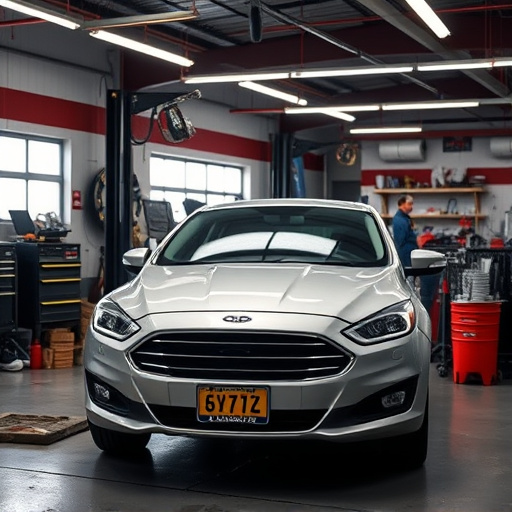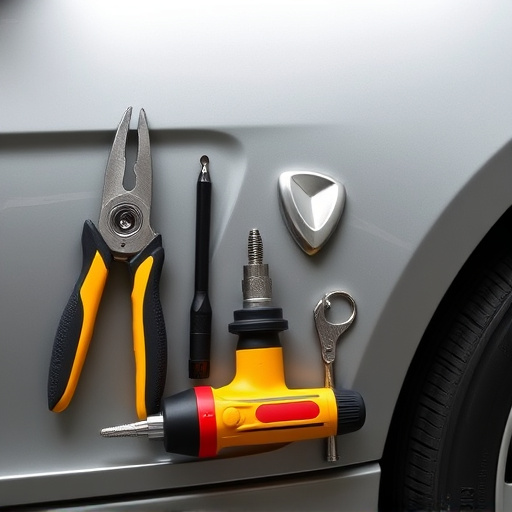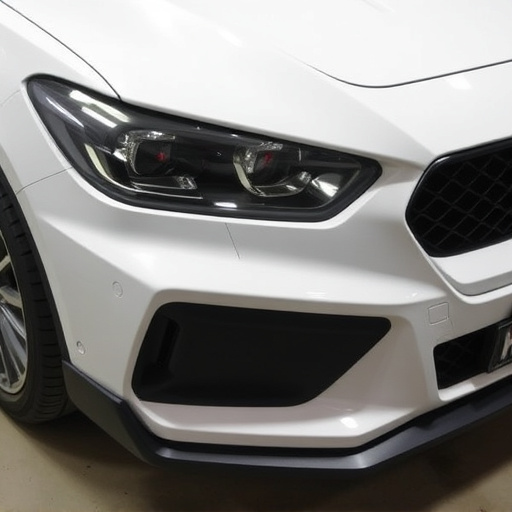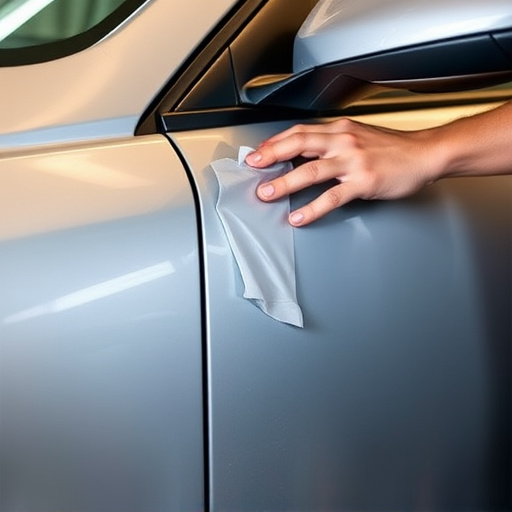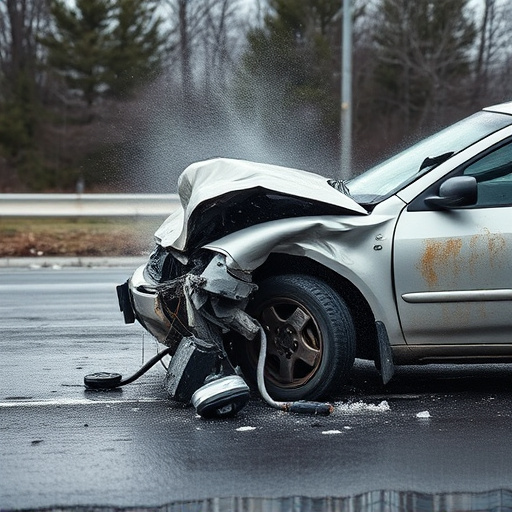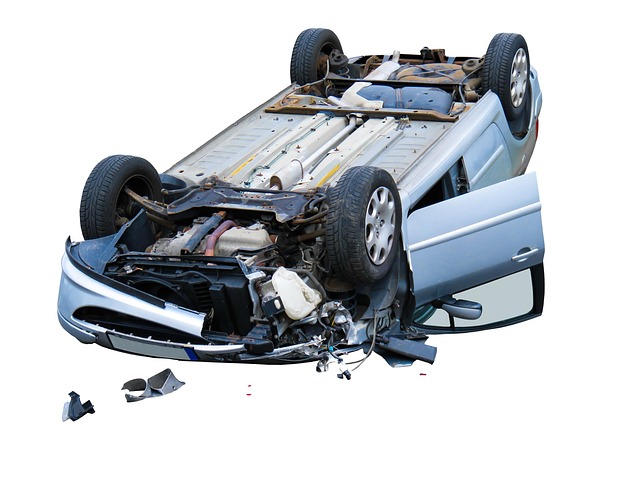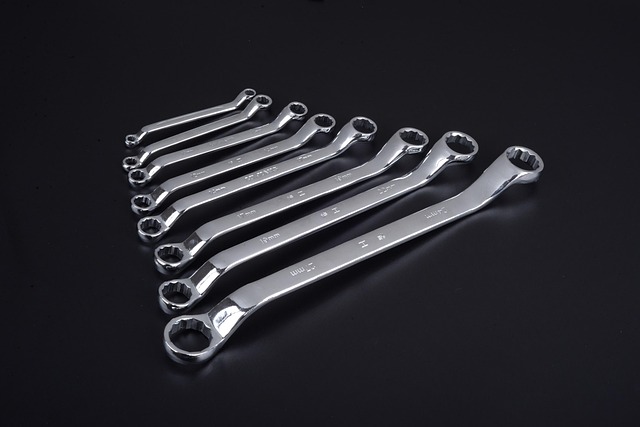Frame damage from accidents significantly impacts a vehicle's structural integrity and resale value, affecting insurance claims. Skilled technicians perform meticulous frame straightening to preserve safety, handling, and cost-efficiency, transforming total losses into drivable vehicles. Understanding the frame repair process and insurance appraisals is vital; contact insurers for guidance, allowing adjusters to assess repairs or declare total loss based on vehicle condition and part availability. Collision centers provide detailed estimates, ensuring informed decisions regarding rights and options during frame repair for insurance purposes.
“Frame repair for insurance claims can significantly impact a vehicle’s total loss decision. This article delves into the intricacies of understanding frame damage and its influence on insurance appraisals. We explore the meticulous process of frame repair, focusing on restoration to safe driving conditions. Additionally, we navigate the complexities of insurance assessments, offering insights into how frame repairs can either avert or expedite a vehicle’s classification as a total loss.”
- Understanding Frame Damage and Its Impact on Insurance Claims
- The Process of Frame Repair: Restoring Vehicles to Safe Driving Condition
- Navigating Insurance Appraisals and Total Loss Decisions for Frame Repairs
Understanding Frame Damage and Its Impact on Insurance Claims
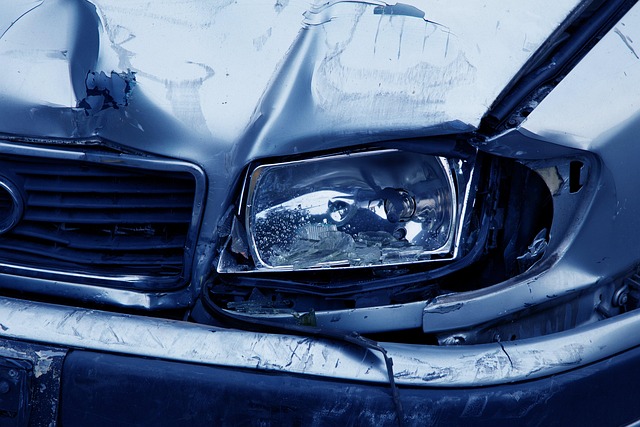
Frame damage, often a result of accidents or collisions, can significantly impact a vehicle’s structural integrity and value, which has profound implications for insurance claims. When assessing frame repair for insurance purposes, it’s crucial to understand that even minor bends or deformations can signal larger issues beneath the surface. These structural elements are vital for ensuring the safety and handling of a vehicle, so any damage requires careful consideration.
In the context of collision repair services, including Mercedes-Benz repair, frame straightening is often a critical step in restoring a vehicle to its pre-accident condition. Insurance companies consider the cost-effectiveness of repairs, with frame straightening offering a more affordable alternative to replacing an entire frame. Proper frame repair can preserve the vehicle’s resale value and ensure it remains drivable, potentially preventing a total loss declaration.
The Process of Frame Repair: Restoring Vehicles to Safe Driving Condition
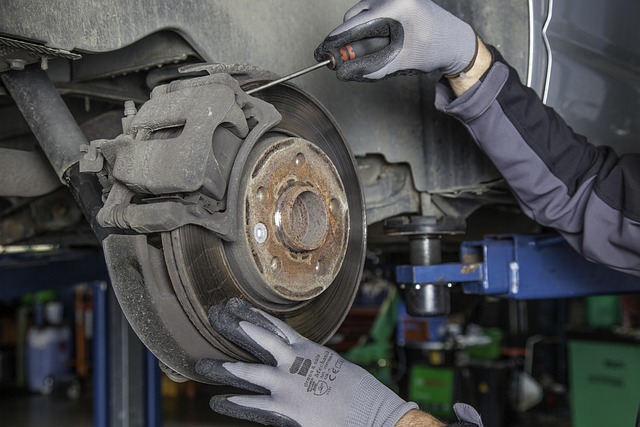
The process of frame repair for insurance claims is a meticulous task that requires skilled technicians to assess and restore vehicles to their pre-accident condition. It’s not just about fixing the visible dents or cracks; it involves ensuring structural integrity, which is crucial for safe driving. The first step is inspecting the vehicle thoroughly to identify any hidden damage, as frame repairs often uncover concealed issues. After the evaluation, the repair shop will create a detailed plan, using advanced technology and specialized tools to straighten and align the metal components. This process includes disassembling parts of the car, carefully restoring panels, and utilizing computer-aided design (CAD) software for precision adjustments.
Auto maintenance specialists then reassemble the vehicle, ensuring all components are functioning correctly and securely attached. The final step involves painting and detailing to match the original factory finish, making it nearly impossible to distinguish the repaired area from the rest of the car. Collision repair shops utilize their expertise in car damage repair to transform vehicles back into drivable conditions, which can significantly impact whether an insurance company determines a total loss or not.
Navigating Insurance Appraisals and Total Loss Decisions for Frame Repairs
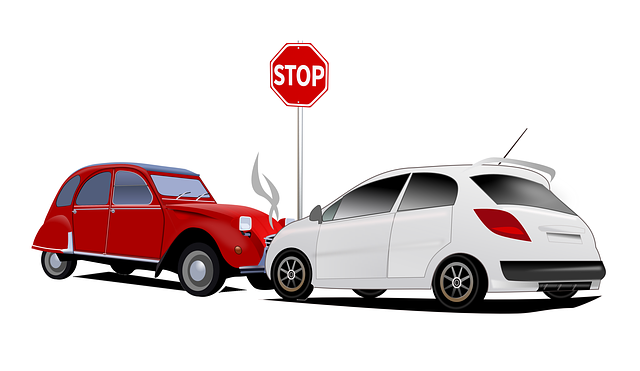
Navigating insurance appraisals for frame repairs can be a complex process, as it involves understanding both the extent of damage and the value of the vehicle before and after the repair. When an accident occurs, the first step is to contact your insurance provider. They will guide you through the claims process, which includes filing a report, documenting the incident, and providing them with all necessary information regarding the damages. In many cases, they’ll assign an adjuster who will inspect the vehicle, assess the frame repair needs, and determine if it’s feasible to fix or if it should be considered a total loss.
The decision of whether a vehicle is a total loss or can be repaired falls on the insurance company, based on their criteria and guidelines. They consider factors like the cost of repairs, the age and condition of the vehicle, and the availability of replacement parts. A collision repair center or body shop services will play a crucial role in this process by providing detailed estimates for frame repair, ensuring all necessary auto body work is accounted for. It’s important to remember that insurance companies aim to protect their interests, so it’s beneficial to be informed about your rights and options during the entire appraisal and decision-making phase.
Frame repair for insurance claims can significantly impact a vehicle’s total loss decision. By understanding the extent of frame damage and utilizing specialized restoration techniques, owners can navigate insurance appraisals effectively. Proficient frame repair ensures vehicles meet safety standards, potentially saving them from being classified as a total loss. This comprehensive approach to repairs offers a practical solution for both policyholders and insurers.
